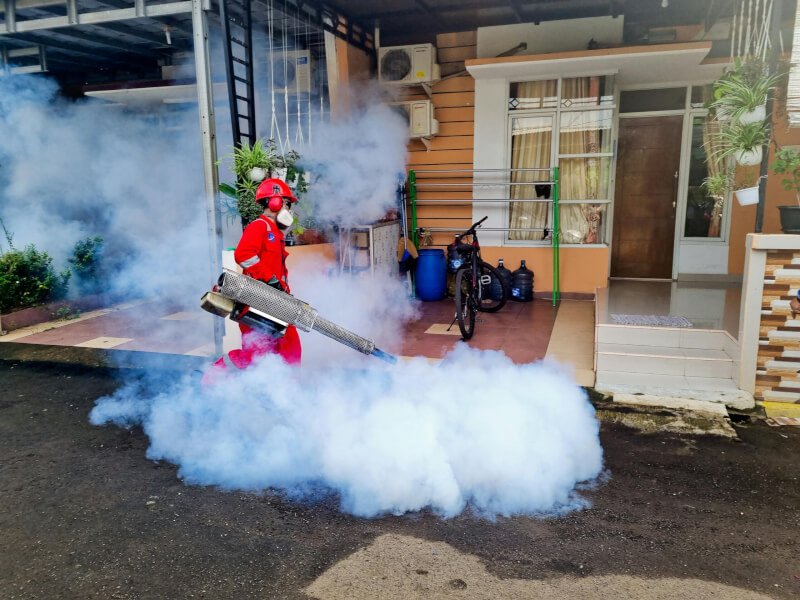Are you new to the world of remote control helicopters and feeling a bit overwhelmed by all the controls? Don’t worry, we’ve got you covered! In this beginner’s guide, we will break down the basics of understanding RC heli controls, helping you gain the confidence to take your flying skills to new heights. Whether you are a complete beginner or have already dabbled in the world of RC helicopters, this guide will provide you with the knowledge and tips you need to navigate your way through the intricate controls of these fascinating machines. So, grab your remote and let’s get started on this exciting journey of mastering RC heli controls!
1. Types of RC Heli Controls
1.1 Collective Pitch
Collective pitch controls refer to the ability of the rotor blades of an RC helicopter to change their angle collectively. This control feature allows the pilot to adjust the lift generated by the rotors, thereby providing precise control over the aircraft’s altitude and vertical movements. By manipulating the collective pitch control, you can make your RC helicopter ascend, descend, or hover at a specific height. This feature is commonly found in advanced RC helicopters, as it offers more maneuverability and control options.
1.2 Fixed Pitch
On the other hand, fixed pitch controls are simpler and more user-friendly for beginners. With fixed pitch helicopters, the angle of the rotor blades remains constant, and the lift is controlled primarily through the throttle. These types of helicopters are usually more stable and easier to handle, making them a popular choice for newcomers to the hobby. While fixed pitch helicopters may not offer the same level of maneuverability as collective pitch ones, they still provide an excellent introduction to the world of RC helicopters.
1.3 Flybarless
Flybarless controls, as the name suggests, eliminate the traditional flybar component found in older RC helicopters. Instead, flybarless systems utilize gyroscopic sensors and electronic flight control units to provide stability and control. This advanced technology allows for quicker and more precise adjustments, resulting in improved flight performance and responsiveness. Flybarless helicopters are ideal for experienced pilots seeking a more challenging and agile flying experience.

2. Basic Components of RC Heli Controls
2.1 Transmitter
The transmitter is a handheld device that you use to control your RC helicopter. It sends signals wirelessly to the receiver, which then translates these signals into corresponding movements of the helicopter’s servos. The transmitter typically features various control sticks, switches, and knobs that allow you to adjust different aspects of the helicopter’s flight.
2.2 Receiver
The receiver is the device responsible for receiving the signals transmitted by the transmitter and relaying them to the helicopter’s servos. It acts as the intermediary between your inputs and the physical movements of the helicopter. Receivers are usually compact and lightweight, designed to be mounted inside the helicopter’s frame.
2.3 Servos
Servos are small electronic devices connected to the receiver that translate the signals received into mechanical movements. They control various parts of the helicopter, such as the rotor blades, tail rotor, and swashplate. When the receiver sends a signal to a servo, it moves to a specific position, effectively adjusting the corresponding component of the helicopter.
2.4 Electronic Speed Controller (ESC)
The electronic speed controller, or ESC, is responsible for regulating the power and speed of the helicopter’s motor. It connects to the receiver and adjusts the amount of power delivered to the motor based on the inputs received from the transmitter. The ESC ensures smooth and controlled acceleration and deceleration of the rotor blades.
2.5 Flight Control System (FCS)
The flight control system, or FCS, is a crucial component of modern RC helicopters. It consists of gyroscopic sensors and electronic modules that constantly monitor the helicopter’s movements and make minute adjustments to maintain stability and balance. The FCS helps counteract external forces such as wind gusts, allowing for more precise control and smoother flight.

3. Understanding Transmitter Controls
3.1 Throttle Stick
The throttle stick is the primary control for managing the helicopter’s altitude and vertical movements. Moving the throttle stick forward increases the rotor blade’s pitch and, consequently, the lift generated, causing the helicopter to ascend. Conversely, pulling the throttle stick backward decreases the lift, causing the helicopter to descend. The throttle stick is typically located on the left side of the transmitter.
3.2 Collective Pitch Stick
In collective pitch helicopters, the collective pitch stick controls the collective pitch of the rotor blades. Moving the stick up increases the pitch, increasing lift and causing the helicopter to ascend. Conversely, pushing the stick down decreases the pitch, reducing lift and causing the helicopter to descend. The collective pitch stick is usually located on the left side of the transmitter, next to the throttle stick.
3.3 Rudder Stick
The rudder stick controls the yaw movement of the helicopter, enabling it to rotate clockwise or counterclockwise around its vertical axis. Moving the rudder stick to the left causes the helicopter to rotate counterclockwise, while moving it to the right makes it rotate clockwise. The rudder stick is typically located on the right side of the transmitter.
3.4 Aileron and Elevator Sticks
For helicopters equipped with swashplate controls, the aileron and elevator sticks control the cyclic movements of the helicopter. These sticks allow you to tilt the rotor disc, causing the helicopter to move forward, backward, left, or right. Moving the aileron stick to the left will tilt the rotor disc to the left, making the helicopter shift to the right, and vice versa. The elevator stick controls the forward and backward movements in a similar manner.
3.5 Trim Controls
Trim controls on the transmitter are used to fine-tune the neutral position of the helicopter’s control surfaces. These adjustments help ensure that the helicopter stays level and flies straight without the need for constant stick input from the pilot. The trim controls typically consist of small buttons or knobs that can be adjusted incrementally.
3.6 Dual Rates and Exponential
Dual rates and exponential settings are advanced features found on many modern transmitters. Dual rates allow you to adjust the maximum throws or sensitivity of the control sticks, making the helicopter’s movements more responsive or less sensitive, depending on your flying preferences. Exponential settings, on the other hand, alter the stick’s sensitivity around its neutral position, allowing for precise control during delicate maneuvers. These features can be beneficial for pilots with varying skill levels and flying styles.
That’s just the beginning of our comprehensive guide to understanding RC helicopter controls! Stay tuned for the next part, where we’ll delve into receiver and servo controls, gyroscopic controls and stabilization, flight modes, programming and setup, safety measures, troubleshooting tips, and even practice and progression techniques. With this guide, you’ll be well-equipped to take to the skies with confidence and enjoy the exciting world of RC helicopters!



